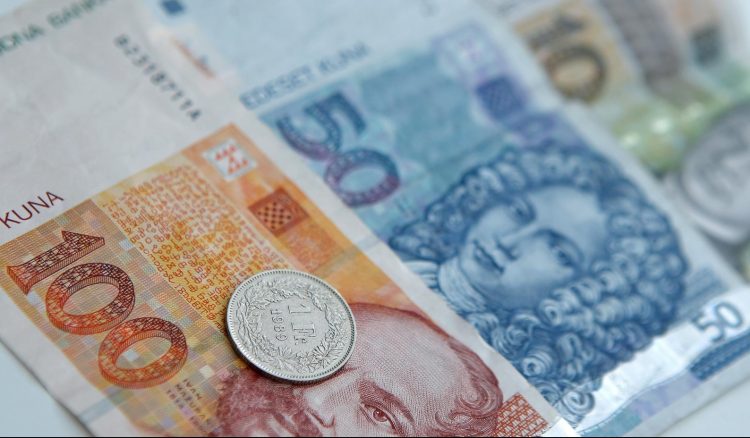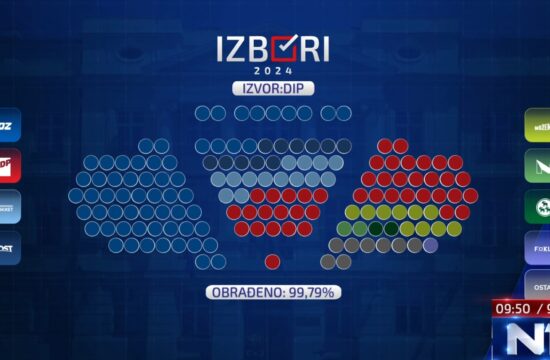
The standard of living in Croatia in the pandemic year 2020 "was a third lower than the European Union average, despite the fact that consumer price levels were a third lower," state agency Hina reported on Thursday, citing data released by the EU's statistics bureau Eurostat.
Eurostat measures the standard of living by actual individual consumption per capita, which shows how many goods and services individuals consumed, regardless of whether they paid for them by themselves or the costs were borne by their governments or non-governmental organizations.
Actual individual consumption per capita is expressed in purchasing power standards, which enables elimination of the differences in price levels between countries.
Last year, the highest standard, as expressed by actual individual consumption per capita, was registered in Luxembourg and was 31 percent above the EU average.
Italy, Cyprus and Lithuania closest to average
Luxembourg was followed by Germany and Denmark, whose standards were 23 percent and 21 percent above the EU average respectively. Cyprus, Italy, and Lithuania were closest to the average, where actual individual consumption per capita was up to 4 percent lower than the EU average.
Spain, the Czech Republic, Portugal, Malta, Poland, and Slovenia registered actual individual consumption per capita of 10-20 percent below the EU average.
Croatia alongside Bulgaria
In Romania, Estonia, Greece, Slovakia, Latvia and Hungary, actual individual consumption was 20-30 percent lower than the EU average, while Croatia and Bulgaria had the lowest standards in the entire European Union. Actual individual consumption per capita in Croatia in 2020 was 33 percent below the EU average (compared with 34 percent in 2019) while Bulgaria was 39 percent below the EU average.
Highest consumer prices in Luxembourg
Eurostat also showed differences in consumer prices between EU member states, using purchasing power standards. Luxembourg had the highest price level index for actual individual consumption in 2020, half as high as the EU average. It was followed by Denmark, Sweden; Ireland and Finland with price levels more than 20 percent higher than the average.
Consumer prices in Belgium, France, Germany and Italy were slightly above the EU average, while those in Spain and Cyprus were up to 10 percent lower. Price levels in Latvia and the Czech Republic were about 30 percent below the average.
Croatia placed alongside Latvia, with price levels 35 percent lower than the EU average. Prices in Hungary, Poland and Bulgaria were 40-50 percent below the EU average.
GDP per capita
Luxembourg remained in the top spot as the country with the highest GDP per capita in the European Union. In terms of purchasing power standards, it was two and a half times higher than the EU average. Luxembourg was followed by Ireland, with GDP per capita slightly more than twice as high as the EU average, and Denmark, the Netherlands, Austria, Sweden and Germany with GDPs roughly a fifth higher than the average.
France’s GDP per capita was slightly above the average and Malta’s slightly below, while Italy and the Czech Republic had a GDP per capita of less than 10 percent below the average.
The countries with GDPs per capita of 10-20 percent below the EU average included Slovenia, Lithuania, Cyprus, Estonia, and Spain. Portugal, Poland, Hungary, Latvia, Slovakia and Romania had GDPs per capita 20-30 percent lower than the EU average.
Croatia placed alongside Greece, with a GDP per capita of 36 percent below the EU average, up from 35 percent in 2019. Bulgaria was at the bottom of the ranking with a GDP per capita of 45 percent below the EU average.





Kakvo je tvoje mišljenje o ovome?
Budi prvi koji će ostaviti komentar!